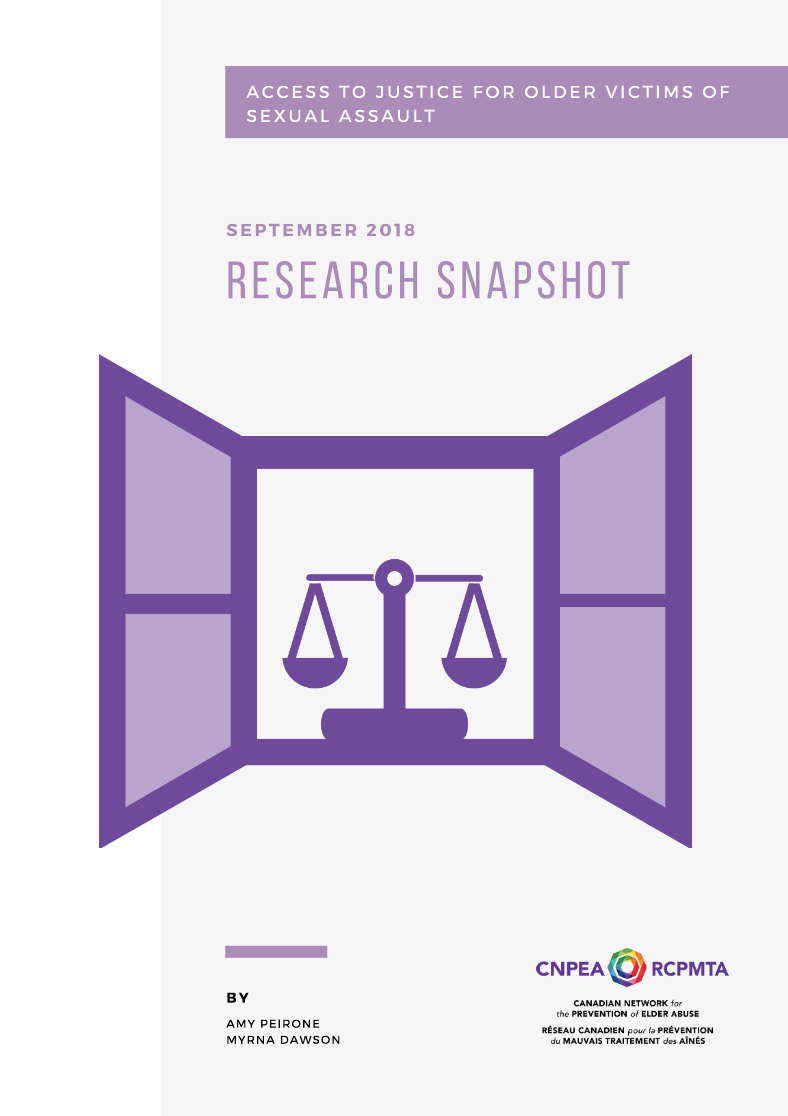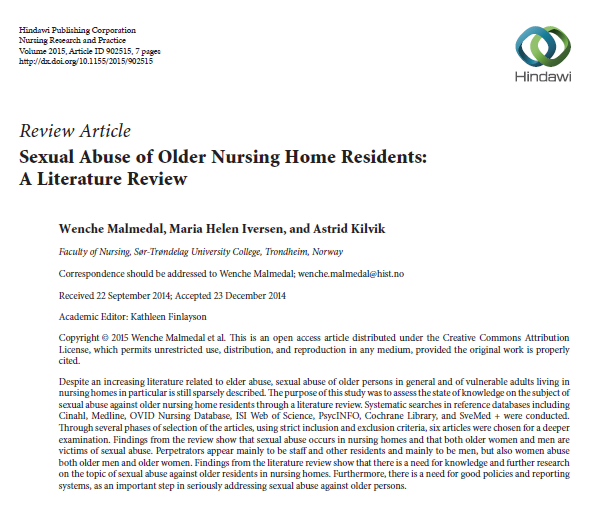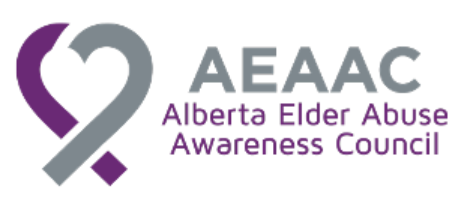Studies

''Current understandings of ageing and diversity are impoverished in three main ways. Firstly, with regards to thinking about what inequalities operate in later life there has been an excessive preoccupation with economic resources. On the other hand, less attention has been paid to cultural norms and values, other resources, wider social processes, political participation and community engagement. Secondly, in terms of thinking about the ‘who’ of inequality, this has so far been limited to a very narrow range of minority populations. Finally, when considering the ‘how’ of inequality, social gerontology’s theoretical analyses remain under-developed. The overall effect of these issues is that social gerontology remains deeply embedded in normative assumptions which serve to exclude a wide range of older people.
Ageing, Diversity and Equality aims to challenge and provoke the above described normativity and offer an alternative approach which highlights the heterogeneity and diversity of ageing, associated inequalities and their intersections.''
Source: Routledge
The following is part of our project “Increasing Access to Justice for Older Adult Victims of Sexual Assault: A Capacity Building Approach”, funded by the Justice Canada Victims Fund.Learn more about this project or consult the full list of resources

This is the first in a series of Research Snapshots which are being produced for the Access to Justice for Older Victims of Sexual Assault project. Each Snapshot features a relevant research study or resource from Canada, or emerging topics that have been identified in other countries. Snapshot #1 summarizes research on Resident on Resident Abuse in Long-Term Care
Article Citation: McDonald, L., Sheppard, C., Hitzig, S.L., Spalter, T., Mathur, A., & Singh Mukhi, J (2015). Resident-to-resident abuse: A scoping review. Canadian Journal on Aging, 34(2), 215-236.
Authors: Amy Peirone and Myrna Dawson

"This paper reports on a collaborative digital arts project conducted with LGBT youth and seniors in Vancouver, British Columbia, Canada, funded by the B.C. Council to Reduce Elder Abuse and conducted by faculty members and a doctoral student from Simon Fraser University. In the project, youth and seniors worked together to produce the first Canadian materials on LGBT elder abuse—three digital videos and five informational posters. We report on the methods used to produce and disseminate the materials, and as we reflect on the project’s outcomes, we consider both the challenges and potential of digital literacies in this context."
Source: Language and Literacy 20(3)46-66 - Robson, C., Gutman, G., Marchbank, J. & Blair, K. (2018). Raising awareness and addressing elder abuse in the LGBT community: An intergenerational arts program.
 ABSTRACT
ABSTRACT
Resident-to-resident incidents in dementia in long-term care homes resulting in deaths represent a growing concern among residents, family members, care providers, care advocacy organizations, and policy makers. Despite these concerns and experts’ predictions by which injurious and fatal incidents will increase in the coming years due to the projected growth in the number of people with dementia, no studies have been conducted in North America on these fatal incidents. This exploratory pilot study makes first steps towards bridging this major gap in research and practice. Using publicly available information (primarily newspaper articles and death review reports), practically useful patterns were identified pertaining to the circumstances surrounding the death of 105 elders as a result of these incidents. The findings could inform various efforts to prevent future deaths in similar circumstances, keep vulnerable and frail residents safe, and encourage researchers to examine risk and protective factors for these incidents.
Citation:
Eilon Caspi (2018): The circumstances surrounding the death of 105 elders as a result of resident-to-resident incidents in dementia in long-term care homes, Journal of Elder Abuse & Neglect, DOI: 10.1080/08946566.2018.1474515.
Link to article: https://www.tandfonline.com/doi/full/10.1080/08946566.2018.1474515
The following is part of our project “Increasing Access to Justice for Older Adult Victims of Sexual Assault: A Capacity Building Approach”, funded by the Justice Canada Victims Fund.Learn more about this project or consult the full list of resources

The main purpose of this study was to answer thefollowing:
What knowledge do we have about sexual abuseof older nursing home residents? The concrete researchquestions were the following:
(1) How is sexual abuse defined in the studies?
(2) What knowledge do we have about prevalence andtypes of sexual abuse in nursing homes?
(3) What knowledge do we have about the characteristicsof the victims and perpetrators?
(4)What do we know about the consequences for thevictims and perpetrators?
(5) Do we know anything about how the nursing homesrespond to sexual abuse?''
Source: Nursing Research and Practice
Page 5 of 8

















